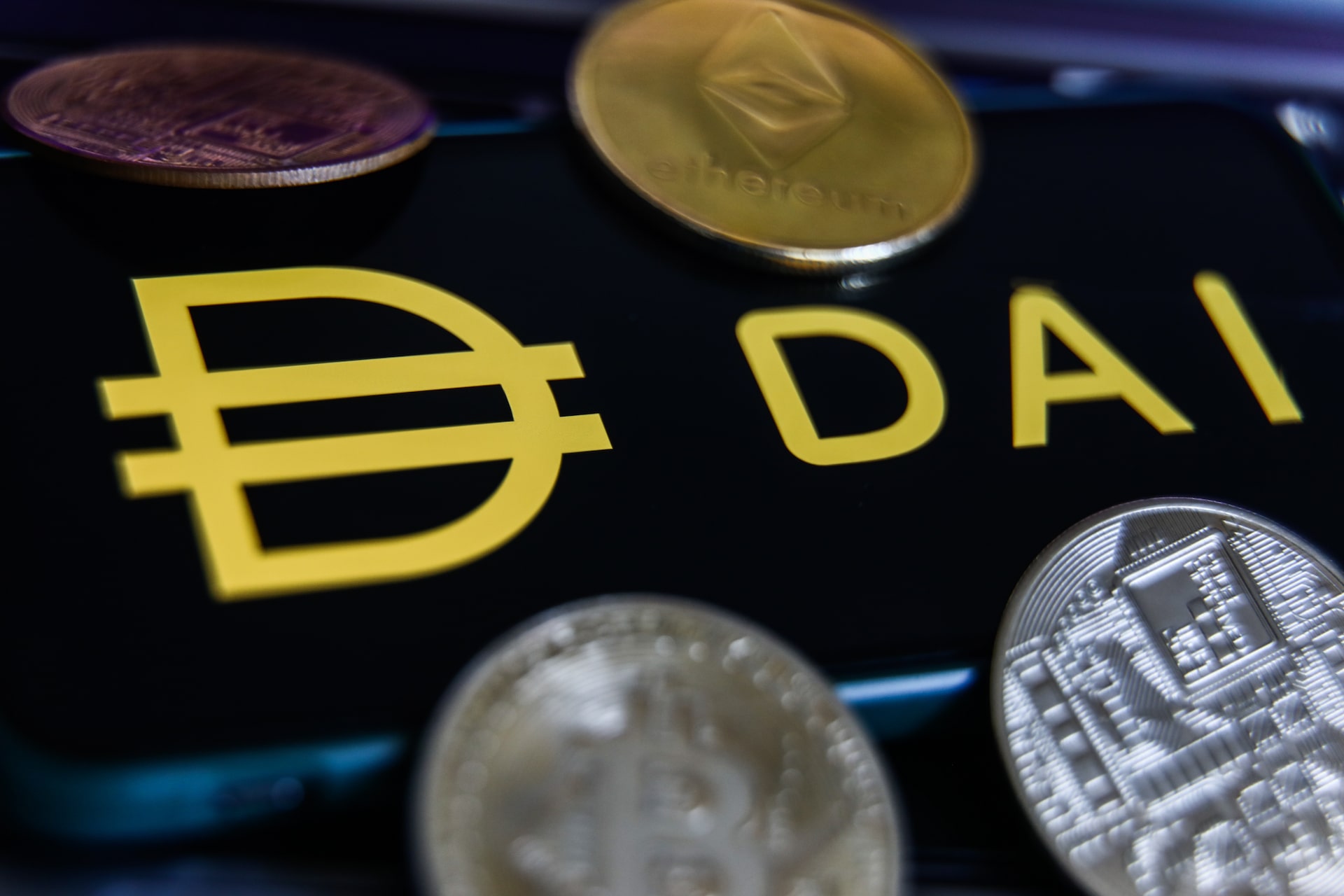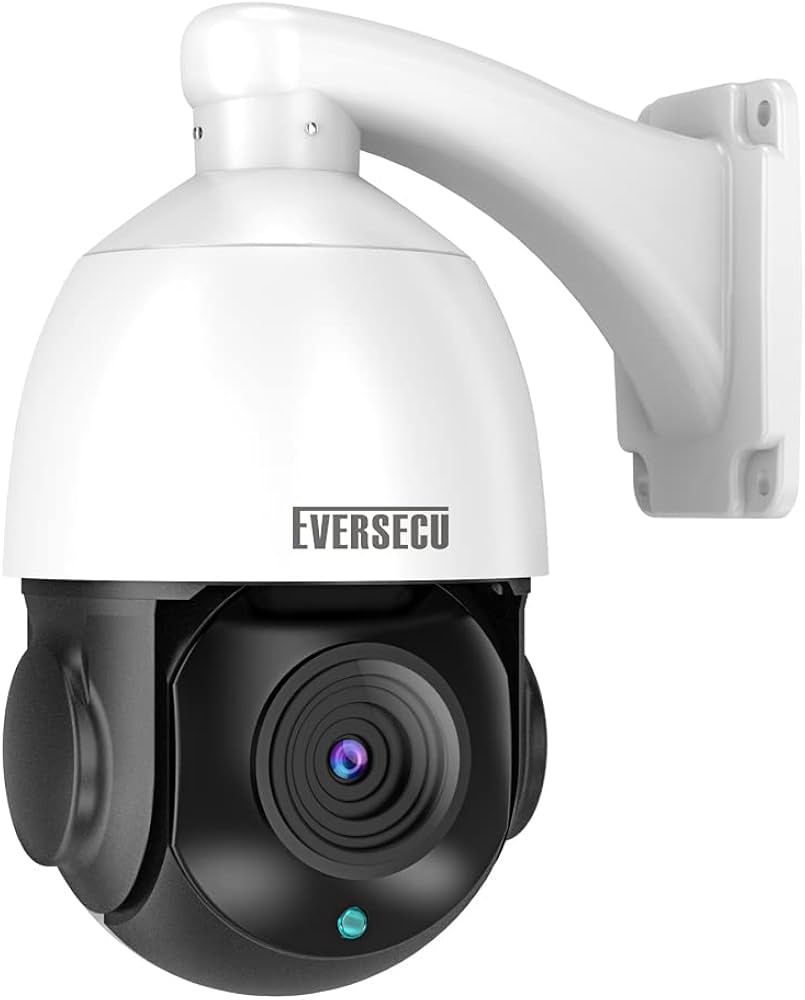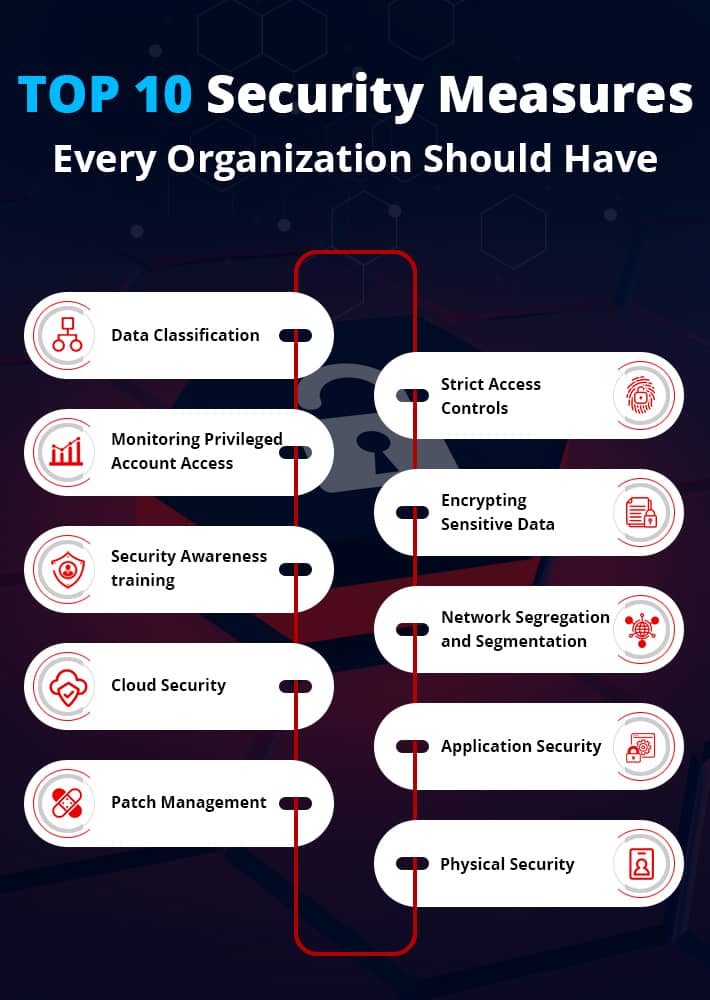
The Dark Side of Online Security: When Protection Turns to Obstruction
As I sat staring at my screen, frustration mounting, I couldn’t help but wonder: what’s the point of online security if it’s just going to block me at every turn? I’d triggered some unknown tripwire, and now I was faced with a cold, unforgiving message: ‘You have been blocked.’
 The thin line between protection and obstruction
The thin line between protection and obstruction
It’s a feeling we’ve all experienced at some point or another. You’re trying to access a website, maybe even one you use daily, and suddenly you’re met with a wall of text telling you that you’ve been blocked. The reasons, of course, are always vague – ‘submitting a certain word or phrase,’ ‘a SQL command or malformed data’ – but the result is always the same: you’re locked out.
A familiar sight for many of us
But what’s really going on here? Are these security measures truly keeping us safe, or are they just a thinly veiled attempt to exert control over our online experiences? As I delved deeper into the world of online security, I began to realize that the line between protection and obstruction is thinner than we might think.
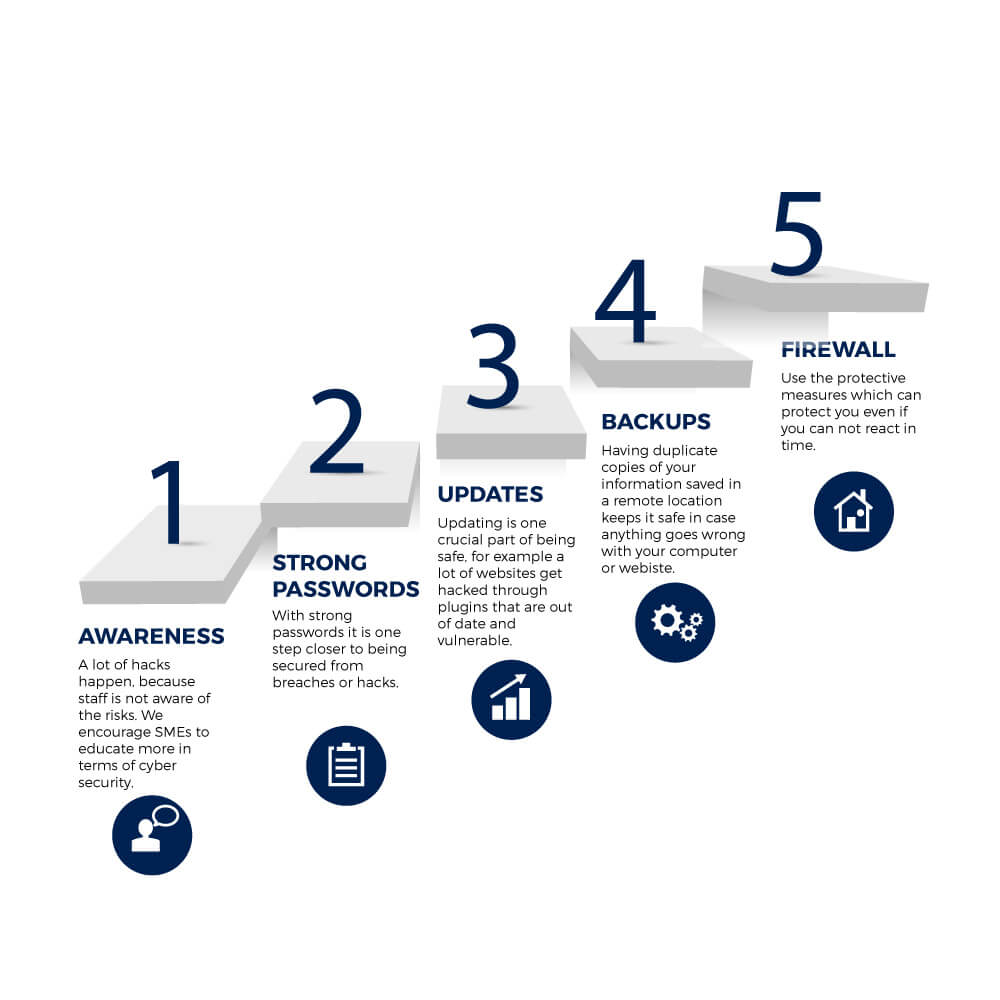 The delicate balance between security and freedom
The delicate balance between security and freedom
Take, for example, the case of Cloudflare, a popular security service used by countless websites around the world. On the surface, it’s a powerful tool for keeping malicious actors at bay. But scratch beneath the surface, and you’ll find a complex web of algorithms and rules that can sometimes be overly aggressive in their blocking.
The double-edged sword of online security
So what can we do to resolve this? The answer, it seems, lies in finding a balance between security and freedom. We need to recognize that online security is a necessary evil, but it should never come at the cost of our online experiences. As users, we deserve better – and it’s time we started demanding it.
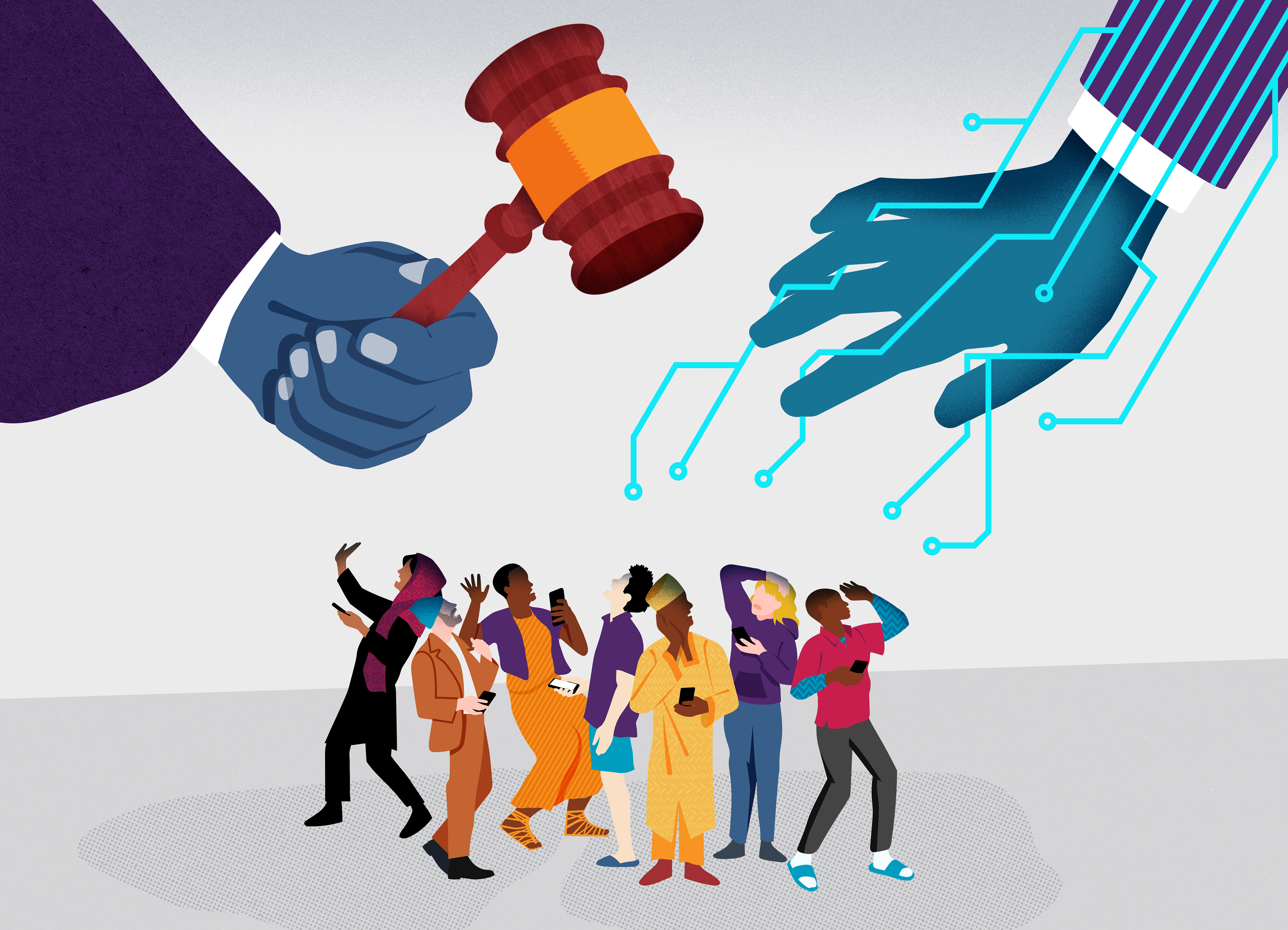 The fight for online freedom
The fight for online freedom
In the end, it’s up to us to hold these security services accountable, to push for greater transparency and fairness in their blocking practices. Only then can we truly say that we’re safe online – and that our freedom to access information isn’t being stifled by the very measures meant to protect us.










